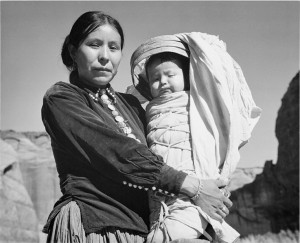 There’s something about a Southwest ring that draws people in and captures imaginations. Each Southwest ring appears unique and should be examined as closely as a Picasso or Van Gough. The stone, style, cutting or stamping tell a story. When an individual wears any style of Southwest ring they wear a piece of art and like all forms of art, Southwest rings have a beginning.
There’s something about a Southwest ring that draws people in and captures imaginations. Each Southwest ring appears unique and should be examined as closely as a Picasso or Van Gough. The stone, style, cutting or stamping tell a story. When an individual wears any style of Southwest ring they wear a piece of art and like all forms of art, Southwest rings have a beginning.
For thousands of years, Native Americans have used jewelry for fashion and for trade. The most traditional stone used in Southwest rings and other jewelry is turquoise. Turquoise can be found throughout the world but southwest turquoise is commonly found in Nevada, Arizona and New Mexico.
The art of southwest jewelry can be traced back to 6000 BC where in Nevada, hint of experimentation with beadwork using Olivella shell was found. Taking a large leap forward, archeologists have found southwest turquoise beads dating back to as early as 200 BC. These discoveries show the progression of economic development and even trade between tribes and other cultures.
Some say that it was the Navajo tribe that was primarily responsible for teaching other southwestern tribes how to make Southwest rings, necklaces, belt buckles and bracelets. The Navajo tribe learned about jewelry making around the 16th century, when the tribe came into regular contact with the Spanish. Even though jewelry experimentation started early, it wasn’t until 1860 in Flagstaff, Arizona, that the first documented Navajo silversmith was recorded.
Up until this point, the documented metals used were metals such as copper, iron and brass to create jewelry. In the 1820s Southern Plains Native Americans cut, stamped and cold-hammered silver to create different types of jewelry.
At first, silver was acquired by melting coins until the government passed a law in 1890 making it illegal to deface currency. Tribes then traded with the Spanish for items such as teapots and candlesticks to melt. This silver was first used to create concha belts, Southwestern rings, bracelets, pins and it slowly evolved into other forms of jewelry. Turquoise became prevalently used around the 1880s.
Jewelry such as southwest rings, necklaces, and bracelets, has come a long way through the years. But the same metals, stones and even methods have stayed fairly consistent over the past hundred years. Turquoise and the southwest style of jewelry are as coveted now as it has ever been. A southwestern ring in anyone’s style will never be passé.
